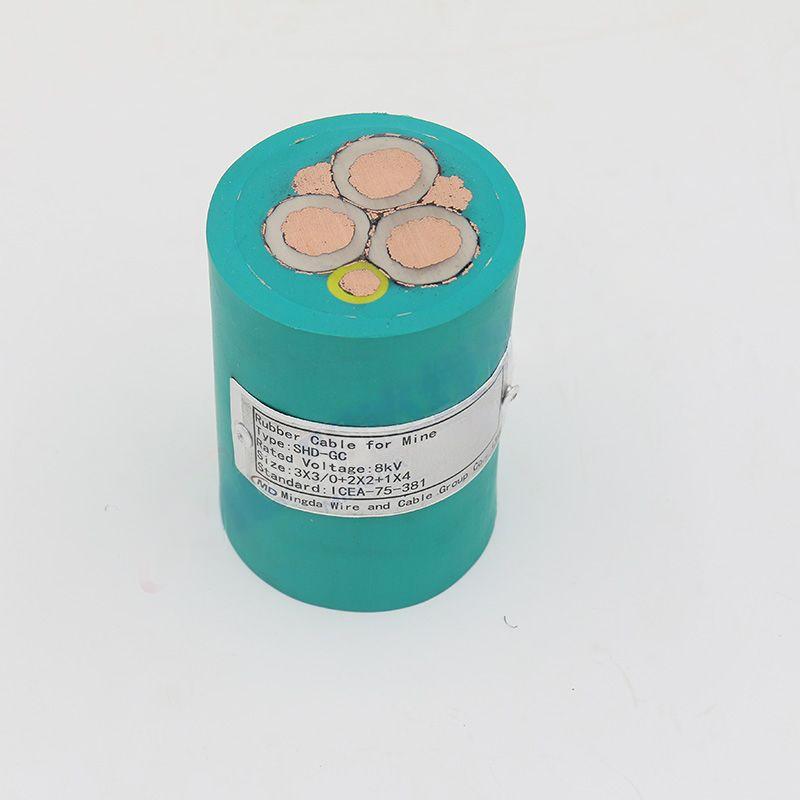11 月 . 01, 2024 00:36 Back to list
Understanding the Function and Applications of Foot Check Valves in Fluid Systems
Understanding Foot Check Valves Function and Applications
Foot check valves are essential components in various fluid handling systems, primarily utilized in pumping applications to prevent backflow and ensure the efficient operation of pumps. This simple yet effective device plays a critical role in maintaining the integrity and performance of hydraulic systems, making it a valuable asset in industries such as water supply, irrigation, and wastewater management.
A foot check valve is typically installed at the inlet of a pump, submerged in the fluid it is designed to work with. Its primary function is to allow fluid to flow in one direction — into the pump — while preventing backflow when the pump is stopped or when there’s a drop in pressure. This backflow prevention is crucial since it ensures that the pump remains primed and ready for operation, reducing the risk of damage and inefficiencies caused by reverse flow.
The design of foot check valves is relatively straightforward
. They consist of a valve body, a seat, and a closing mechanism (often a disc or ball) that responds to the pressure of the incoming fluid. When the pump is in operation, the fluid pressure forces the closing mechanism away from the seat, allowing fluid to flow into the pump. When the pump is turned off or if the flow pressure decreases, the mechanism returns to its seated position, effectively sealing the valve and preventing backflow.foot check valve

Foot check valves are available in various materials, including PVC, stainless steel, and brass, allowing them to be suitable for a range of applications and fluid types. The choice of material often depends on factors such as the chemical properties of the fluid, temperature, and pressure conditions. Additionally, foot check valves come in different sizes and configurations, enabling flexibility in their application across various systems.
These valves not only enhance the efficiency of pumping systems but also contribute to system longevity. By preventing backflow, foot check valves help mitigate issues such as cavitation, which can damage pumps and reduce their operational life. Furthermore, they support the overall reliability of fluid delivery systems, making them indispensable in applications where consistent flow is required.
In summary, foot check valves are small yet vital components in fluid handling systems. Their ability to prevent backflow and maintain the prime of pumps is crucial in ensuring the efficient and reliable operation of various applications. As industries continue to evolve and demand for effective fluid management systems grows, foot check valves will remain an integral part of engineering solutions that safeguard the performance and longevity of pumping equipment. Whether in agricultural irrigation, municipal water supply, or industrial processes, the importance of foot check valves cannot be overstated.
Share
-
Understanding the Differences Between Wafer Type Butterfly Valve and Lugged Butterfly ValveNewsOct.25,2024
-
The Efficiency of Wafer Type Butterfly Valve and Lugged Butterfly ValveNewsOct.25,2024
-
The Ultimate Guide to Industrial Swing Check Valve: Performance, Installation, and MaintenanceNewsOct.25,2024
-
Superior Performance with Industrial Swing Check Valve: The Essential Valve for Any SystemNewsOct.25,2024
-
Industrial Swing Check Valve: The Ideal Solution for Flow ControlNewsOct.25,2024
-
You Need to Know About Industrial Swing Check Valve: Functionality, Scope, and PerformanceNewsOct.25,2024